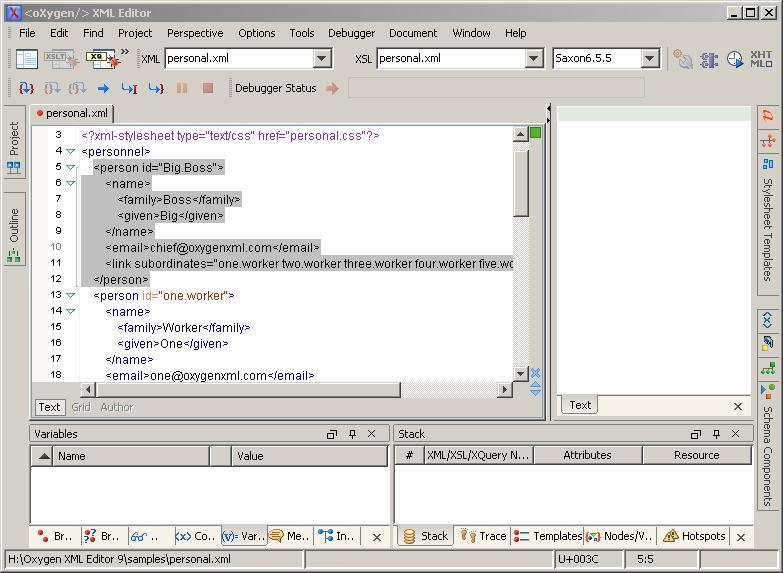

If you believe that you have received an inaccurate quote or are otherwise not satisfied with the services provided to you by the institution you choose, please click here. Credit union deposits are insured by the National Credit Union Administration.Ĭonsumer Satisfaction: Bankrate attempts to verify the accuracy and availability of its Advertisers' terms through its quality assurance process and requires Advertisers to agree to our Terms and Conditions and to adhere to our Quality Control Program. Bank and thrift deposits are insured by the Federal Deposit Insurance Corp. To receive the rate from an Advertiser, please identify yourself as a Bankrate customer. Those without a paid link are listings we obtain to improve the consumer shopping experience and are not Advertisers.

Those with a paid link are our Advertisers. These quotes are from banks, thrifts, and credit unions, some of whom have paid for a link to their own Web site where you can find additional information. This table does not include all companies or all available products.Īll rates are subject to change without notice and may vary depending on location. The listings that appear on this page are from companies from which this website receives compensation, which may impact how, where, and in what order products appear. Institutions may have different rates on their own websites than those posted on. Bankrate cannot guaranty the accuracy or availability of any rates shown above. Journal: Sensors and Actuators B: ChemicalĪd Disclosure: The rate information is obtained by Bankrate from the listed institutions. Title of original paper: Two-dimensional visualization of oxygen concentration field at high-temperature environment using phosphor Y 2O 3:Eu 3+ It is safe to say that by virtue of its simplicity and accuracy, this method is likely to find a home in many fields and pave the way for a new era of oxygen concentration sensors! Kim further remarks, " This method can enhance basic mechanism research and industrial production applications, which would help us understand unknown thermophysical phenomena in daily life and engineering." What are the implications of these findings? Prof. Kim states, " Our study is the first to develop a simple, non-contact, 2D method that can provide technical support for the performance improvement of many industrial products at high temperatures." Although measurements using the latter were slightly more accurate, these findings demonstrated the overall applicability of using the phosphorescence of Y 2O 3:Eu 3 at high temperatures.ĭiscussing these findings, Dr. Importantly, they also observed two properties of Y 2O 3:Eu 3 + phosphorescence that could be used to measure oxygen concentration at 550☌: its intensity and lifetime, i.e., the time it takes for Y 2O 3:Eu 3 + to stop emitting light. Beyond 450☌, the sensitivity of Y 2O 3:Eu 3 + to oxygen concentration increased with increasing temperature but decreased with an increase in the oxygen concentration. On measuring the resultant phosphorescence using a spectrometer, the team found that it was most sensitive to the oxygen concentration at a temperature beyond 450☌ for a wavelength of 612 nm. To investigate this property further, the team set up a two-dimensional (2D) temperature and oxygen concentration adjustable furnace with a quartz window (a window that allows light to pass freely in both directions) and used it to shine an ultraviolent (UV) LED light towards a Y 2O 3:Eu 3 + tablet.

This high sensitivity to oxygen makes Y 2O 3:Eu 3 + a suitable non-contact luminescent probe. However, owing to its unique molecular arrangement with oxygen vacancies, its phosphorescence varies depending on the surrounding oxygen. Like other phosphors, Y 2O 3:Eu 3 + absorbs light energy and re-emits it at a lower frequency. The material in question was yttrium oxide doped with europium (Y 2O 3:Eu 3 +)-a phosphor, i.e., a material that emits light in response to radiation-which has a highly temperature-resistant crystalline structure. In their study, which was made available online on 19 April 2022 and published in Volume 364 of Sensors and Actuators B: Chemical on 01 August 2022, the team described how a phosphorescent material's glow, or "phosphorescence," can be leveraged to measure oxygen concentration. Kyung Chun Kim from Pusan National University, Korea, developed and tested a non-contact technique to measure oxygen concentration under high temperatures. To address this problem, a team of researchers led by Prof.


 0 kommentar(er)
0 kommentar(er)
